Trying to figure out the best time to visit to Europe can be confusing. Everyone wants to travel when the weather is nice, without fear of cold or rain getting in the way.
Choosing when to go to Europe will have a large impact on your trip. It can easily break your experience if you don’t know what to expect. There is a consensus that summer is a good time to go on vacation, but it’s not necessarily the only good time tie of year to travel to Europe.

Table of Contents
How to Choose the Best Time to Visit Europe
I was born and raised in Europe, so I can tell you there is not a single ‘best’ time to travel to the old continent. In this post I’m going to break down the travel seasons in Europe based on climate and regions. I will also discuss the advantages and disadvantages of visiting Europe in each season. One thing to keep in mind though is that deciding when to go to Europe depends a lot on your itinerary.
Weather wise, Europe stretches over a few climate regions, so depending on what countries you want to visit, you may have a very different experience. Countries like Greece for instance, are best visited in fall, while the Baltics are at their best in summer.
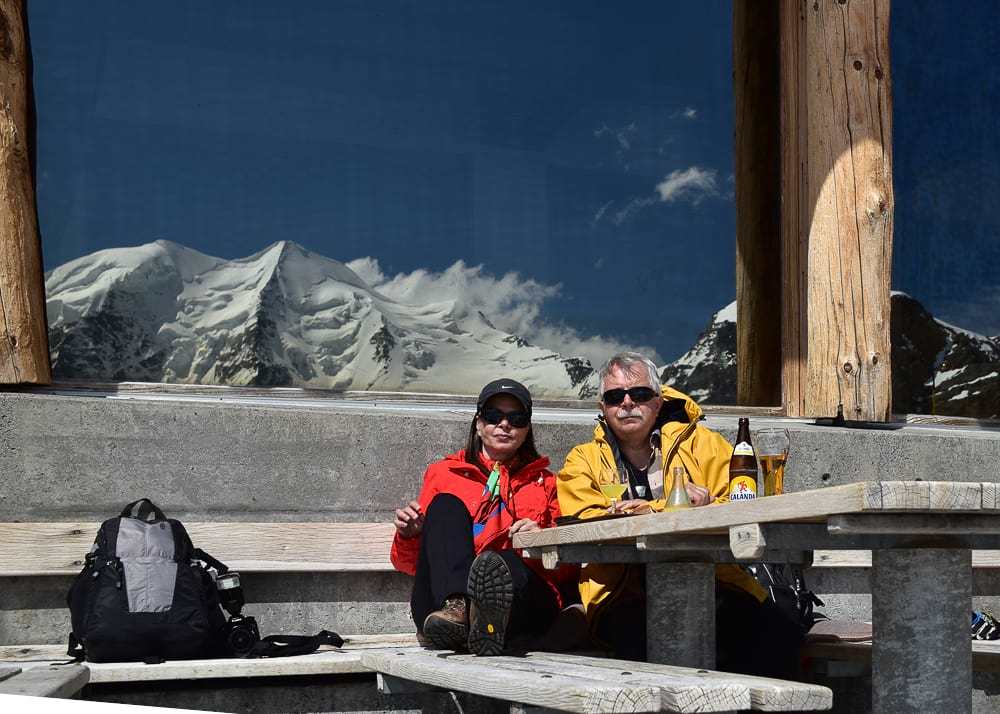
Travel Seasons in Europe
There are basically three travel seasons in Europe: high season, low season and shoulder-season. There are benefits and pitfalls to each one, so here is what you can expect during each season:
High Season
(June to August)
Hot and humid. Temperatures may reach 35ºC (95ºF) and beyond.
More crowded and long lines everywhere.
Prices are high.
Requires booking ahead, with plenty of planning.
Shoulder Season
(September to November)
Autumn and spring are the perfect time for strolling and sightseeing.
Days are warm, with temperatures around 12ºC – 18ºC. Evenings are cold.
More chances of rain.
Fewer tourists.
Lower prices.
LOW SEASON
(December to February)
If you choose to visit Europe in winter you should be prepared for snow, rain and wind.
You’ll spend less
time outside.
Very few tourists.
Great deals for airfare
and hotels.
Advantages and Disadvantages of Traveling During the High Season
Summer is the most popular time to travel, especially because of the children’s summer vacation. The advantages of visiting Europe in summer are:
- restaurant patios and beer gardens are open
- great time for beach going and swimming
- trees are green and flowers are in bloom
- days are long, allowing for lots of outdoor activities
With the exception of Christmas, summer is considered the highest of high season in Europe.
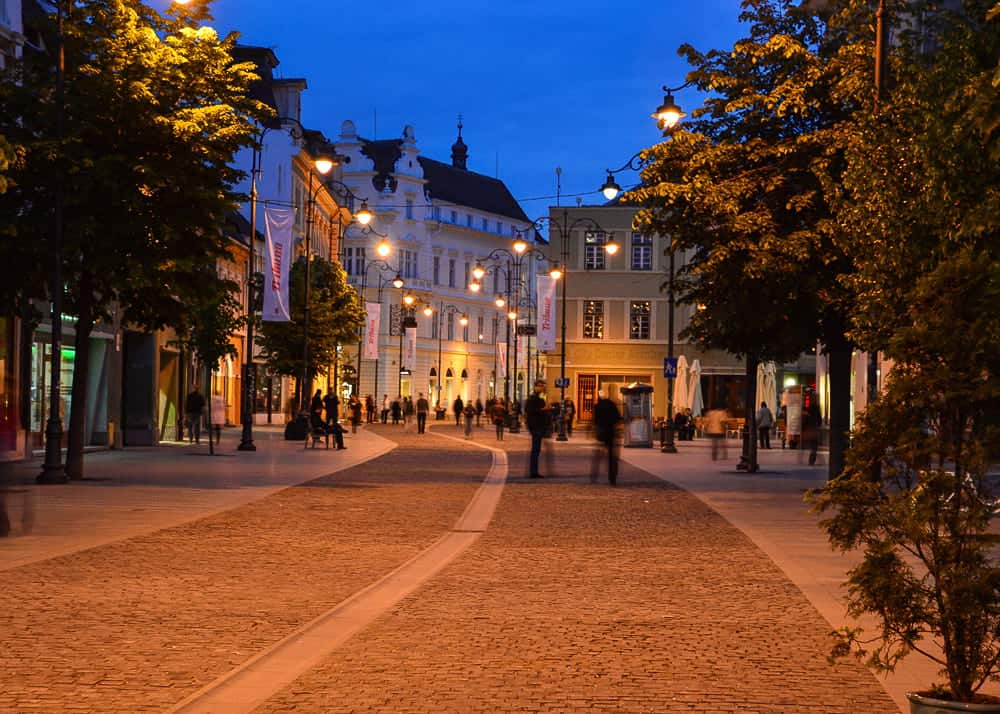
The pitfalls of going to Europe in summer are:
- hot and humid weather
- high prices
- long queues at the attractions
- packed hotels
- busy trains and crowded public transportation
Depending on what part of Europe you visit, you may be baking in temperatures of 35ºC (95ºF) and beyond. Countries in Southern Europe are not a good choice for July and August, unless you plan to spend all your time at the beach.

On the other hand, Northern European countries like Norway, Sweden, Finland, UK, Ireland, are a good choice for summer. The weather is pleasantly warm, but it doesn’t get hot enough to keep you off the streets during the daytime.
Advantages and Disadvantages of Traveling During the Low Season
The low season is the perfect time to visit Europe if you want to get more bang for your buck. ‘Tis the season” to have Europe all for yourself, as most places are blissfully quiet and devoid of tourists. You should be prepared to spend more time inside, visiting museums, attending concerts, opera, etc. The advantages of traveling during the low season are:
- plenty of vacancies
- great deals on hotels and airfare
- better service everywhere
- no crowds
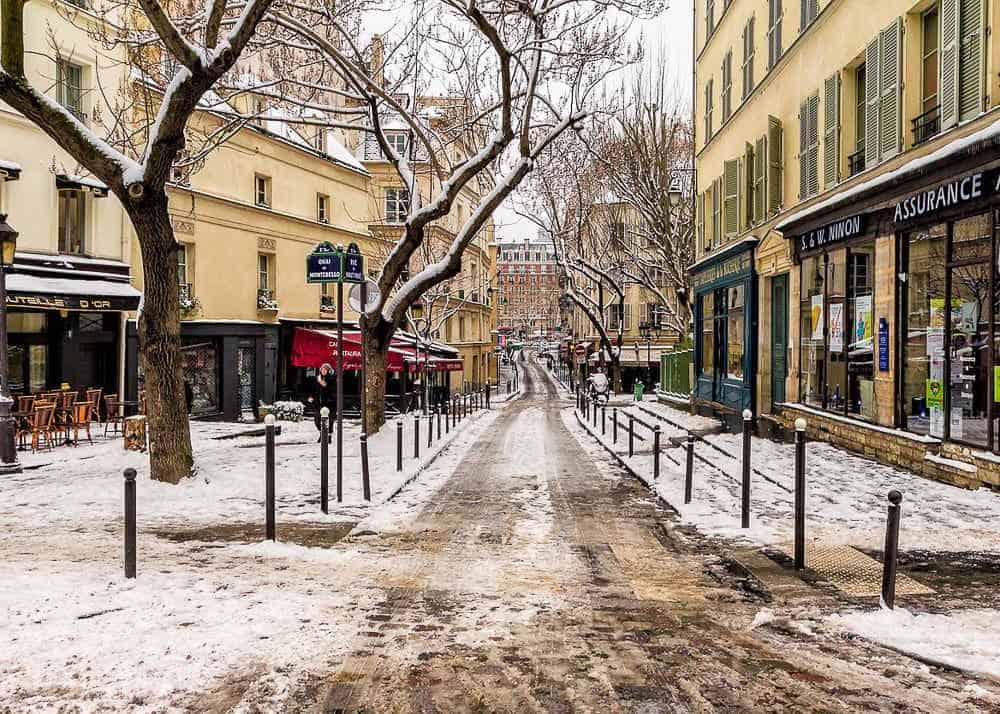
If you choose to visit Europe in winter you should be prepared for:
- rain, wind and snow
- less time outside and more time inside
- it can get bitterly cold
- some resorts close down completely
- local transportation may go on winter schedule (shorter)
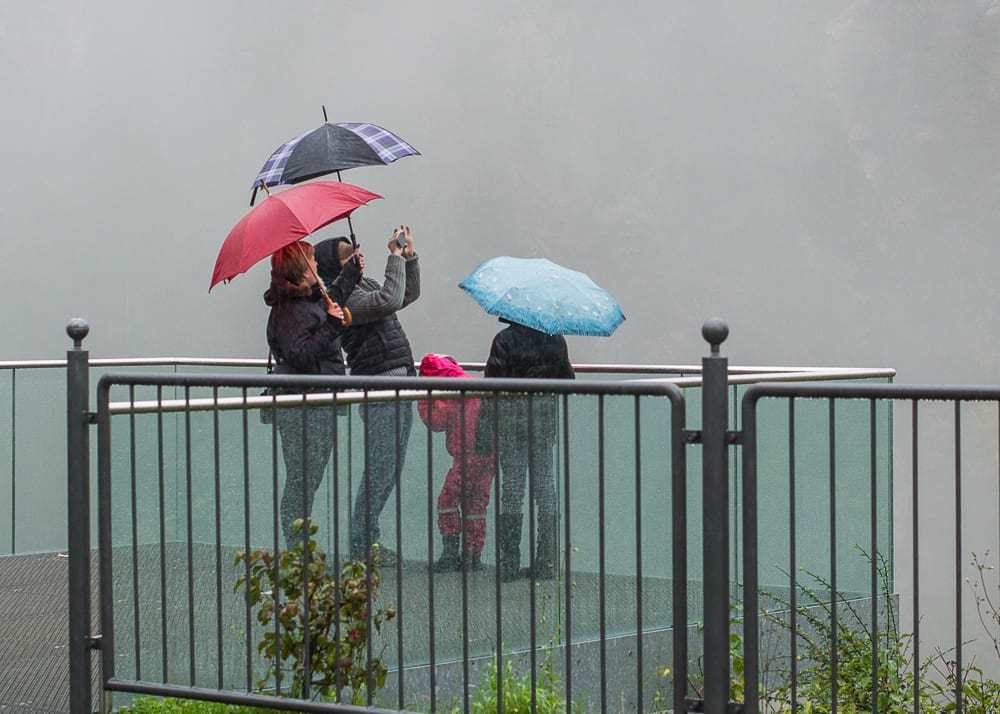
For many people however the promise of snow, cozy fires and mulled wine makes winter the best time to visit Europe. December is particularly a great month to go if you want to experience Christmas markets, sparkling lights, and rich delicious foods.
Whether you choose to spend the Holidays in London, or in cities like Münich, Vienna, or Budapest, you’ll have a blast in Europe in December! Winter is also wonderful for skiing in Europe as most ski resorts open in late November and close in mid-April.
Advantages and Disadvantages of Traveling During the Shoulder Season
Let’s talk about the shoulder season, which is my all time favorite time to travel to Europe. If you don’t want to boil in summer or shiver in winter you are left with the in-between time which is called the shoulder season in Europe.
There is basically a fall shoulder season (from late September to mid November) and a spring shoulder season (from late March to the end of May). So which one should you pick: fall or spring?

Fall Time in Europe
I love autumn in Europe, when summer heat fades away and beach going shifts to strolling and leaf-peeping. Advantages are:
- fall is perfect for walking and sightseeing
- children go back to school, so you’ll encounter less crowds
- airfare and hotel prices start dropping
- many food and wine festivals take place in fall

The pitfalls of traveling in fall:
- restaurants close their outdoor patios
- trees start loosing their leaves
- more rain
- the weather may be a hit or miss
Spring Time in Europe
Spring is my number one choice for traveling to Europe. There is a feeling of freshness and optimism everywhere. Winter is gone and sunny days are coming. Advantages of traveling in spring:
- flowers are in bloom
- city markets come back to life, bursting with colors and fragrances
- weather is nice, sunny and warm
- days become longer
- prices are not at their peak yet
- not too many crowds
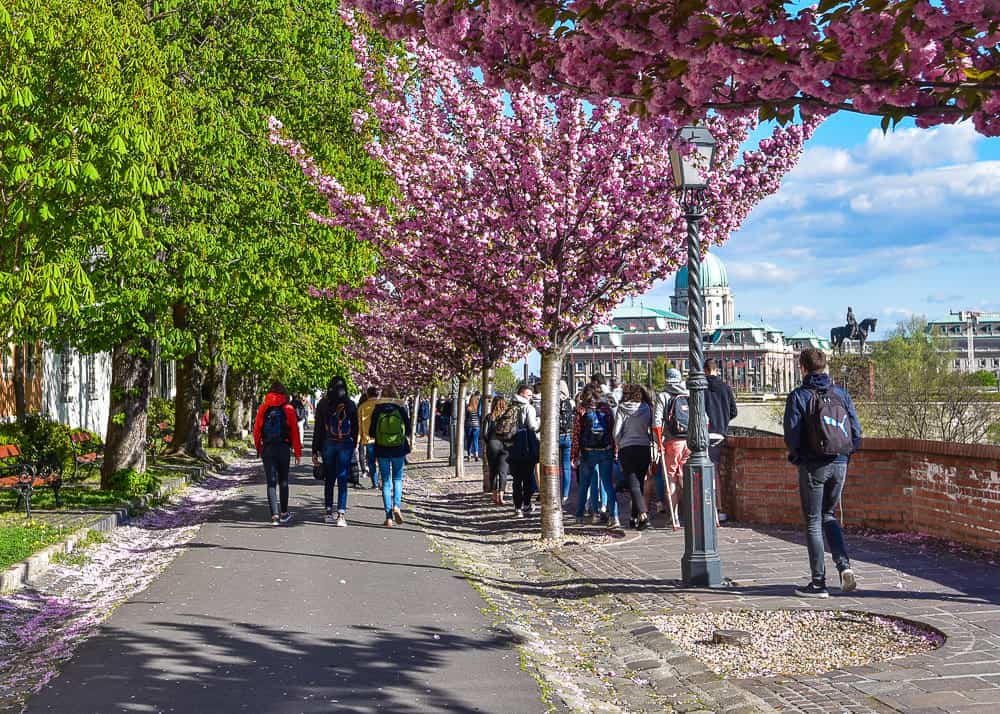
Tips for Traveling in Europe
- Start your days early
- Buy tickets in advance
- Check for free admission days at the museums
- Use budget airlines
- Avoid eating at the restaurants in tourist areas
- Don’t assume water and bread are free in Europe
- Book your accommodations way in advance
- Carry cash with you
- Don’t exchange money in the airport or tourist areas
- Wear comfortable shoes

For more information about how to dress like a European, check my packing list for Europe guide.
Did you enjoy reading this post? Pin it for later


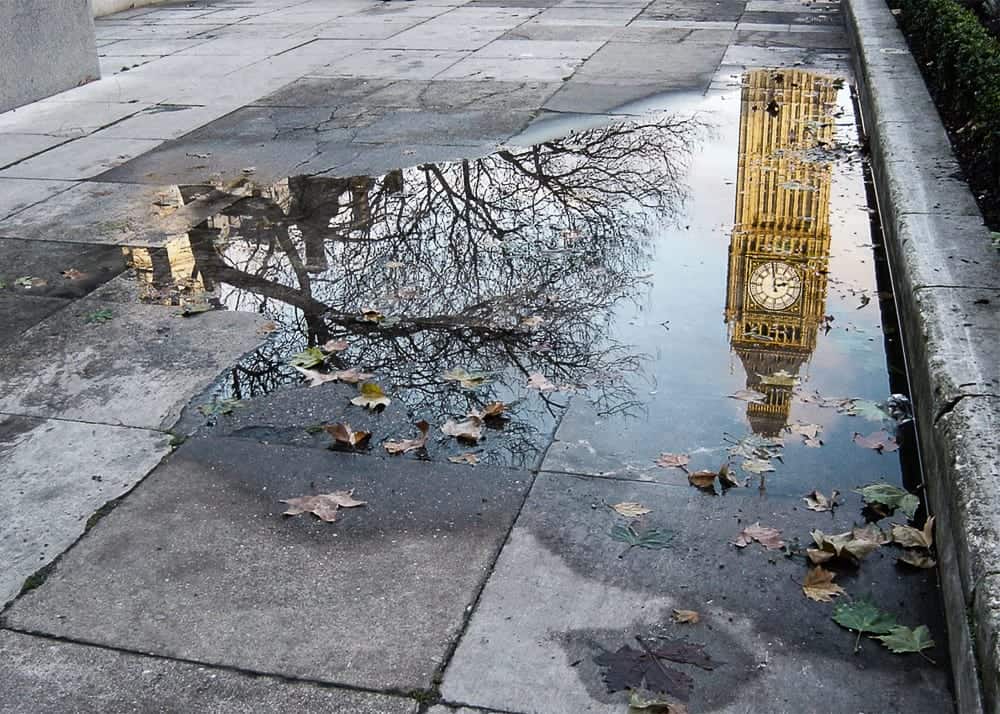
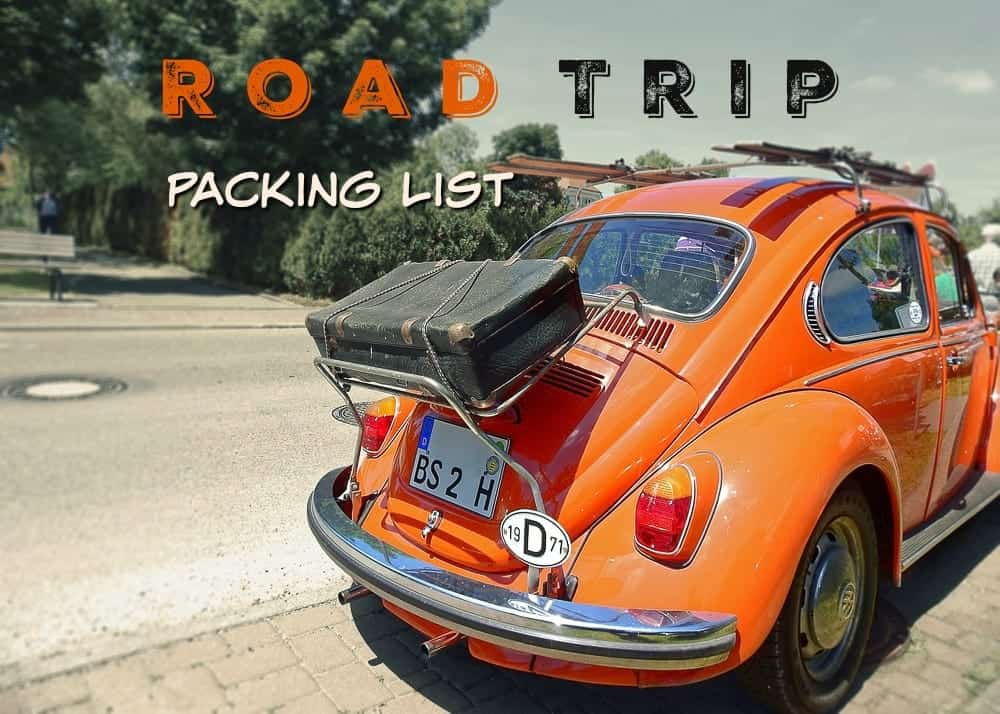 Packing List Essentials for a Stress-Free Road Trip Vacation
Packing List Essentials for a Stress-Free Road Trip Vacation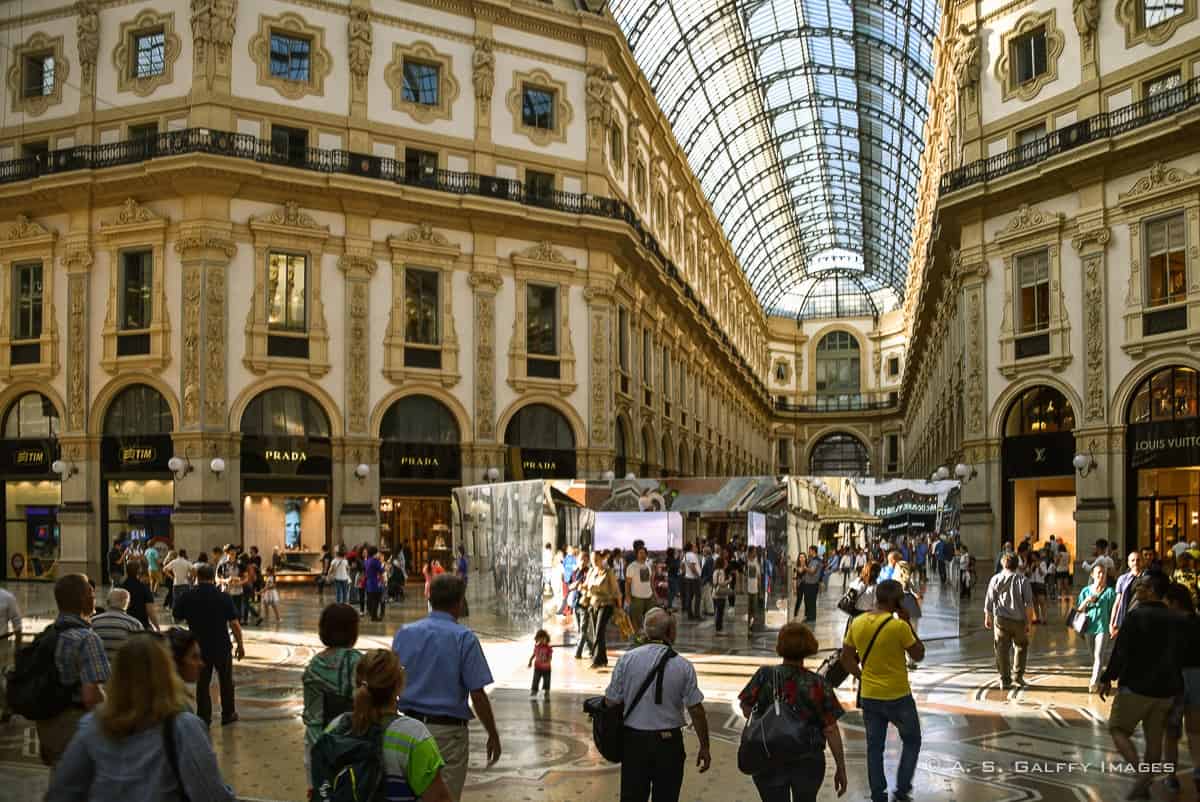



Kat
I will definitely give Europe a miss in July & August because of the queues! I love autumn therefore Oct/Nov sounds like a brilliant idea. I’m OK with wet weather coz this gives me the chance to spend more time in museums 🙂
Barbara Cacao
Anda, great post, thanks for sharing! I think if you visit continental European countries with more extreme temperature changes – such as my home country Austria – choose places offering a proportionate amount of indoor and outdoor things to do if you are weather sensitive. Vienna in the winter can be freezing cold – but who cares if you have splendid museums and cosy coffeehouses aruound every corner? For the rest, many Austrians say ‘there isn’t such a thing as the wrong weather, only the wrong clothes’. 🙂
Anda Galffy
Yep, you are right, Barbara.
California Globetrotter
Couldn’t agree more with all of these tips, Anda! I prefer to always have friends and family visit in off season, especially the shoulder seasons! We’re getting to a point where in summer, we don’t want to travel to big touristy cities anymore. It’s just too much. I’d rather find unknown towns to visit! #TheWeeklyPostcard
Rob+Ann @TravelLatte(.net)
Great breakdown, Anda. I guess coming from a very hot area has some benefits: Everyone complains about how hot it gets in the summer, but (so far) I’ve never found it unbearable. But then, I live with 100+(F) in summer at home. All the same, we love fall in Europe as much as in the U.S. Spring is a very close runner up, though. We’ve been lucky enough to avoid too much fall rain, but always seem to find those spring showers. Either way, we’re happy to be in Europe no matter the season!
Anda Galffy
You most likely didn’t get into a serious heat wave in Europe, Rob. I can tell you that one time we traveled to Bucharest and Budapest in August and the heat was so unbearable that wave spent most days inside, in front of a fan. Keep in mind that most hotels, homes and businesses in Europe don’t even have AC. They only have coolers, if they are in tourist areas.
Mary {The World Is A Book}
Wonderful tips and season breakdown, Anda. You know we love Europe in all seasons. It’s harder for us to go during shoulder season now as the kids are older with all the activities and school. Unfortunately, we travel along with everyone else during school breaks. One of our favorite times to visit is Thanksgiving here in the US. We’ve found some great deals. Totally agree on the Scandinavian region during the summer.
Anda Galffy
Yea, I know parents with children don’t have too many choices when it comes to traveling times, Mary. We’ve been there too.
Lyn aka The Travelling Lindfields
David and I try to travel in shoulder seasons whenever we can. Crowds are usually a bit thinner and providing we don’t get unlucky the weather is usually pretty good. My advice is though to do your research. Don’t just rely on average temperatures, they can be quite misleading. Look at actual temperatures for the time of year you are considering.
Anda Galffy
You are right, Lyn. Weather has changed pretty dramatically in Europe in the past 20-30 years. When we lived there, we never had such heat weaves as the ones we see these days.
Donna Janke
Great post. Each season has its pluses and minuses and can be a great time to travel if you’re prepared. I personally prefer the shoulder seasons, but am happy to visit Europe in any season.
Anisa
I agree with you, I think spring is the best time or even summer if you are lucky and find a deal. I love to see everything in bloom. I do make an exception for winter travel if it is for a Christmas market.
Jessica Norah
Hi Anda, Yes, this is a really common question so many people ask and helpful info. Although most people (from the U.S. anyway) visit in the summer, the other months can be really nice as well and cheaper. But it does vary a lot by destination. One of our favorite times is September/October for lack of crowds and cooler weather in hotter countries, but it is often rainy in many places as well. So always some pros and cons!
Anda Galffy
You are right. There are advantages and disadvantages to each season. In the end it all depends what’s more important for you when you travel.
Rhonda Albom
I was in Spain and France in the summer and it was hot. I think I like the shoulder season best because of the more moderate temperatures and the smaller crowds. It’s too cold in winter so I avoid travelling to a country during its winter time.
Jill Chapman
Great tips, Anda! I have only been to Europe in the winter but I’m about to make my first trip there in the fall. And who knows? I may try spring and summer soon!
Anda Galffy
Spring is a great time for Europe, Jill.
Shanna
This is a first for us – we are coming to Europe (Slovenia) at the end of September this year. We normally have visited Europe in summer, so it will be interesting to see how the different time frame shapes the dynamics of our trip. I am looking forward to less crowds and cooler weather, but am a little nervous about the potential of rain. We have plans in place for rain days (I am sort of a travel planning nerd), so I think it will be fine. Thanks for putting together this valuable information!
Anda Galffy
You shouldn’t be worried about the rain, Shanna. September is a great month in Europe and unless you are very unlucky, it may not rain at all. But Europe is beautiful even when it rains.
Debbra Dunning Brouillette
Great post, Anda! I’ve only visited Europe in the summer months and since I like warmer weather, that suits me. I love the photo of Big Ben in the reflection of the puddle! I am assuming you took it? You are a great photographer; I always enjoy the photos you include with your posts. Happy travels!
Anda Galffy
Hi Debbie, thanks for taking the time to read my post and thank you for the compliment. No, that picture is not mine, I wish I was that good, hahaha!